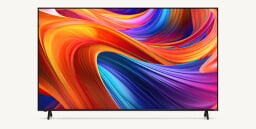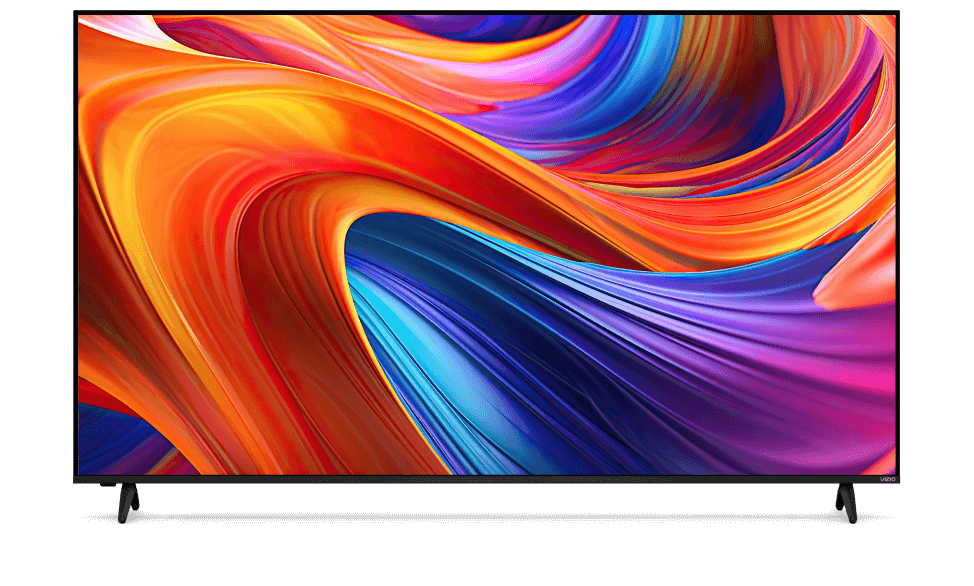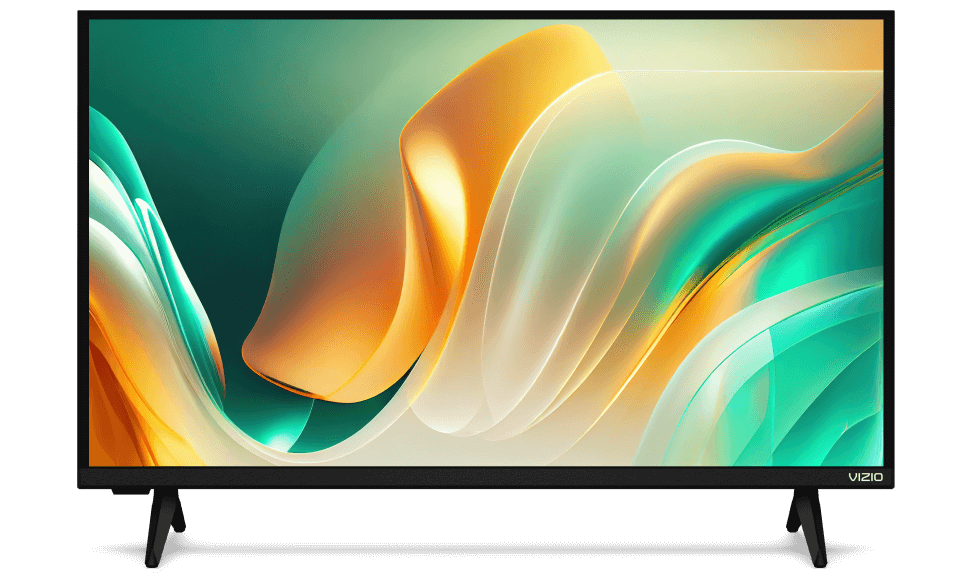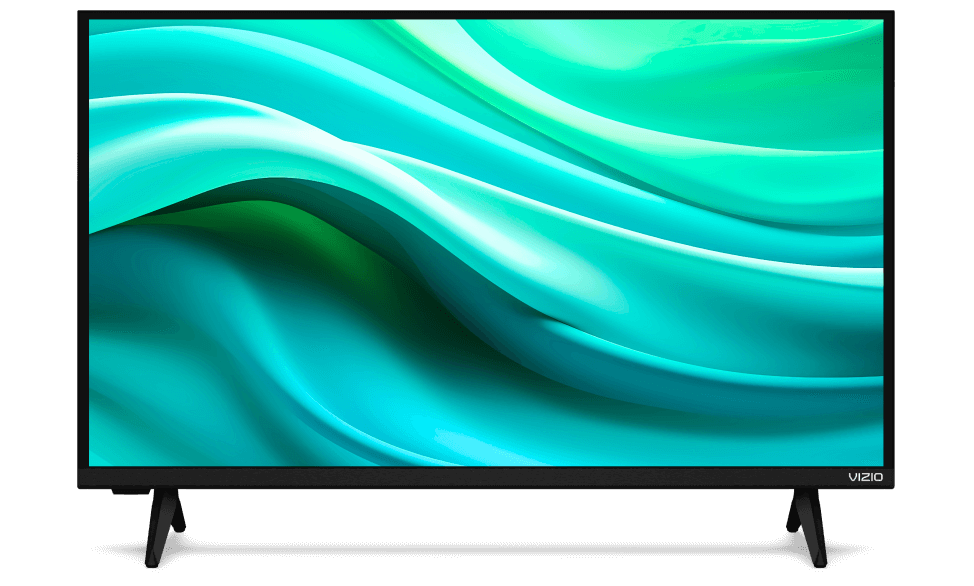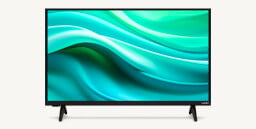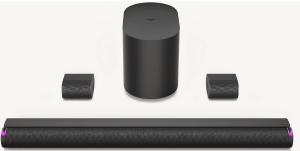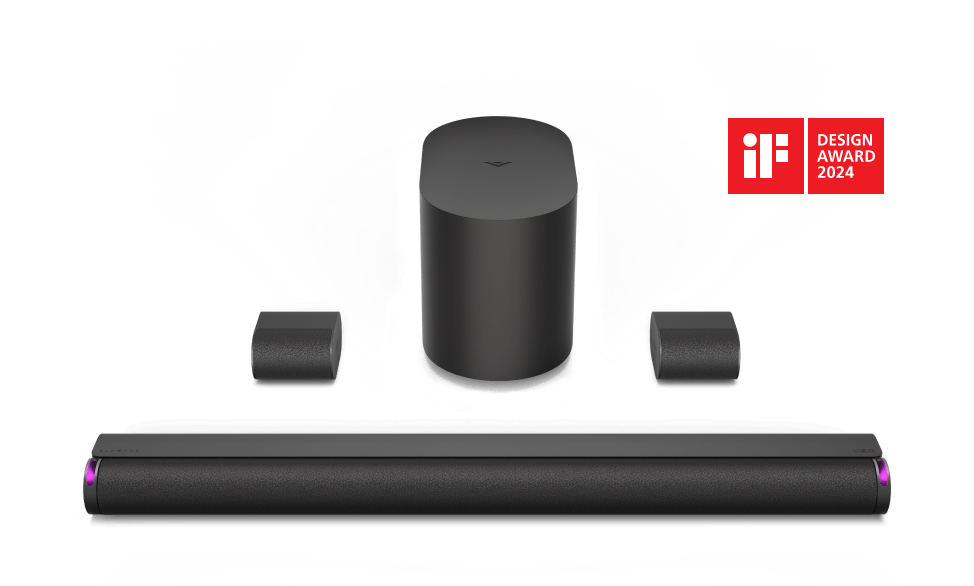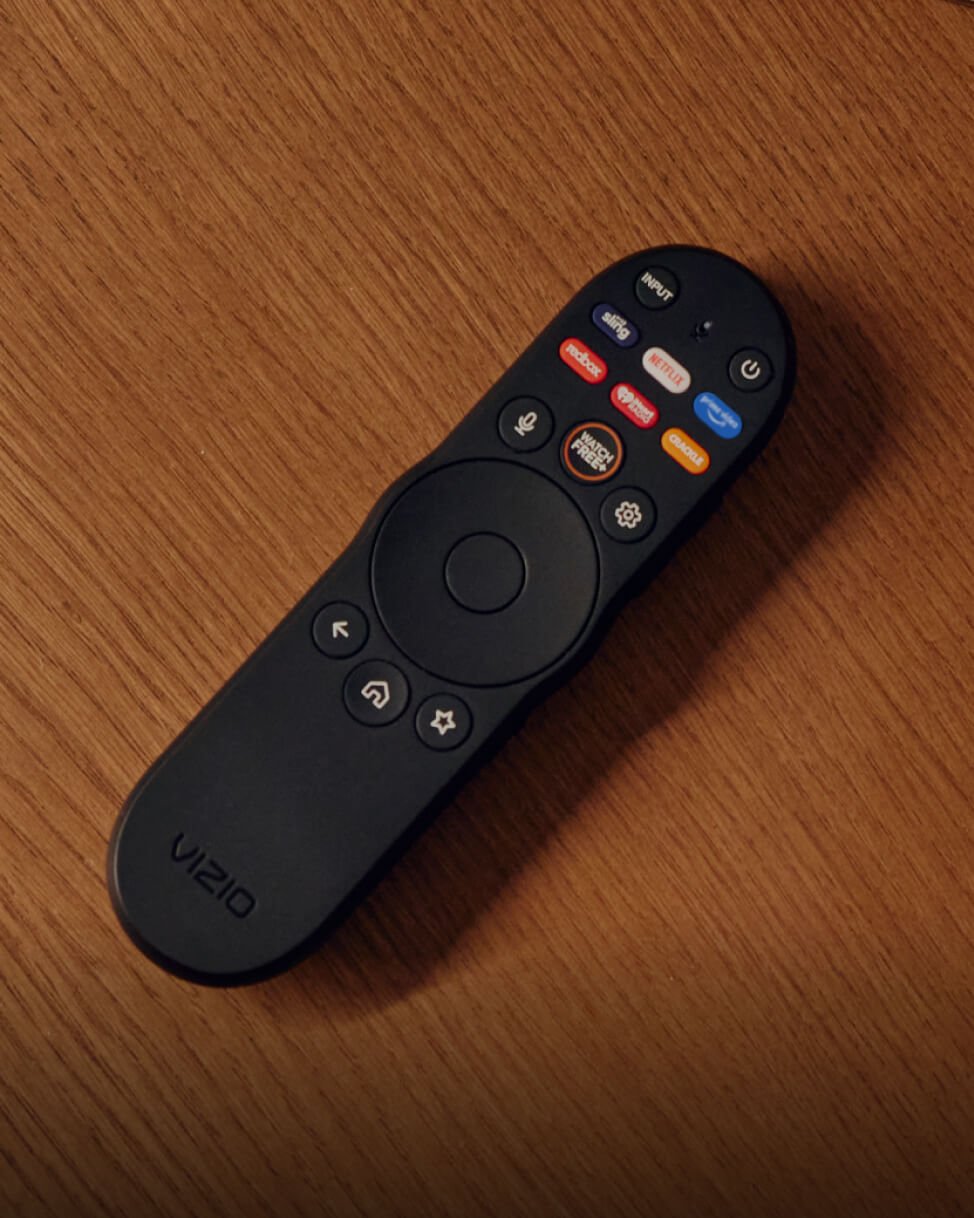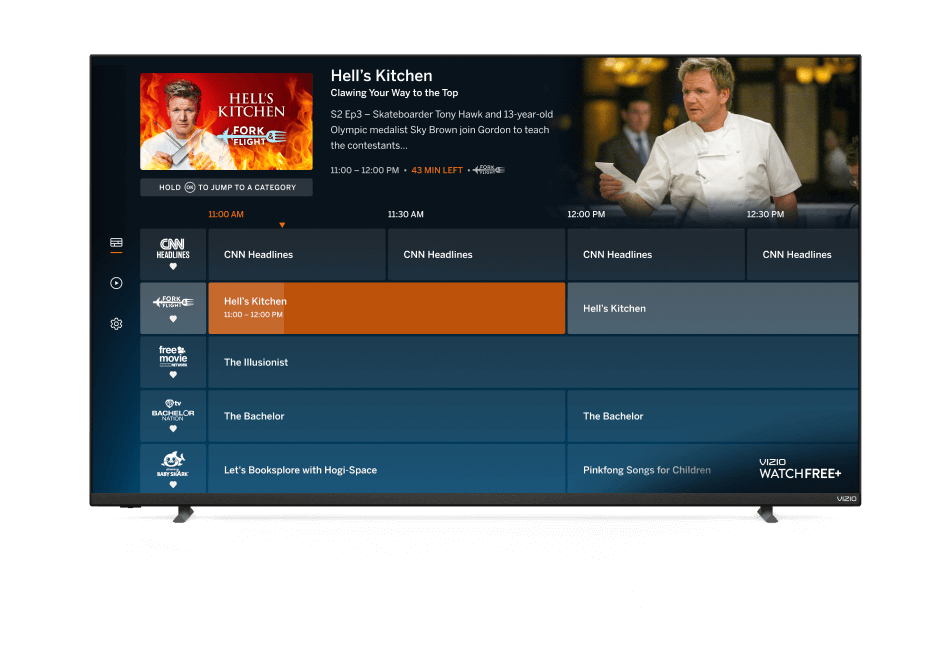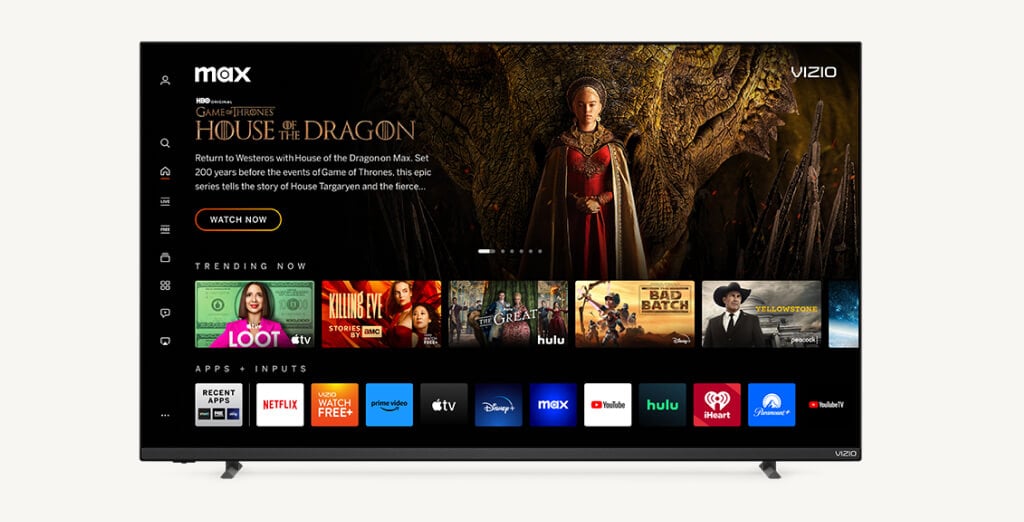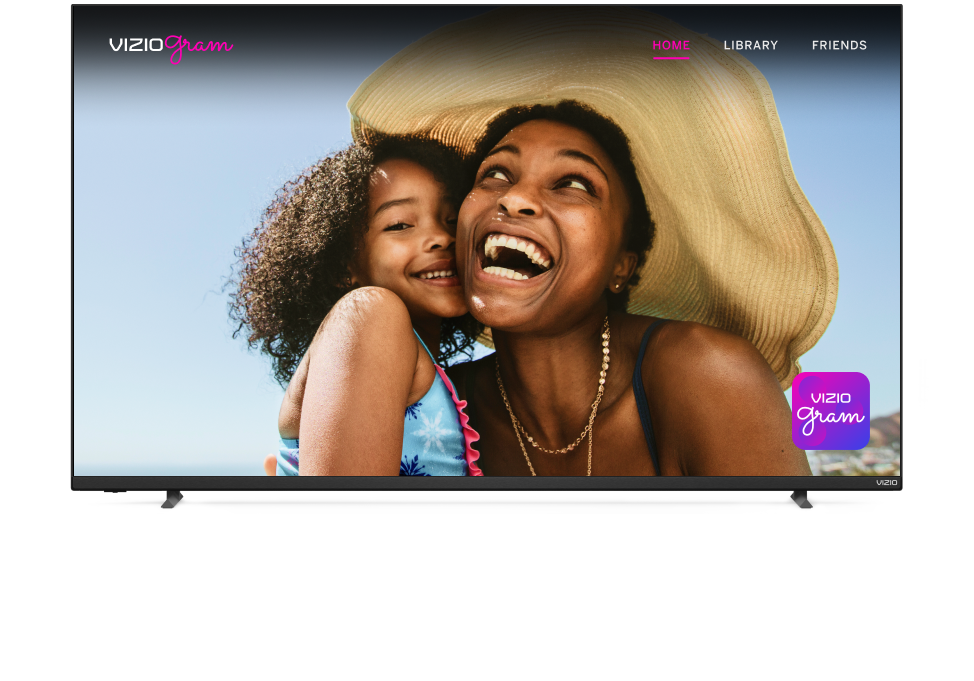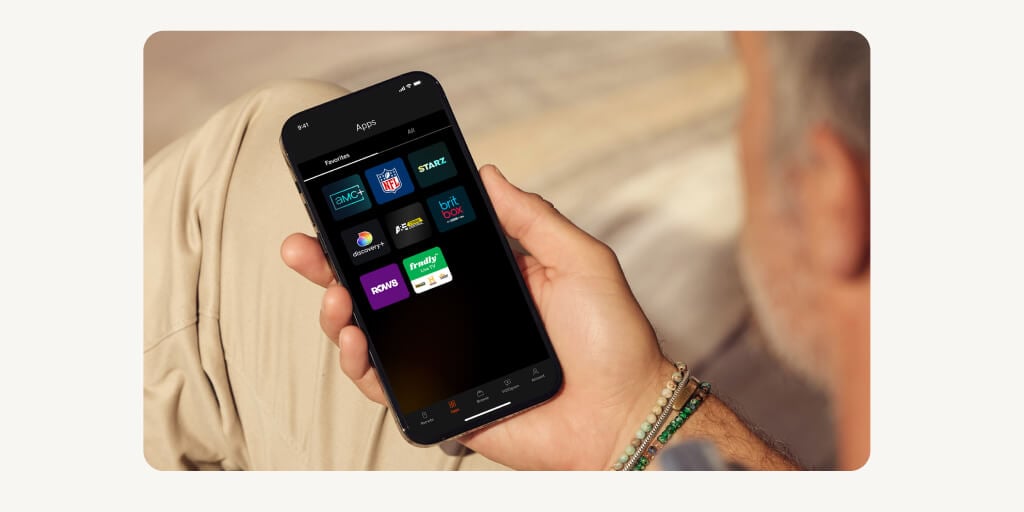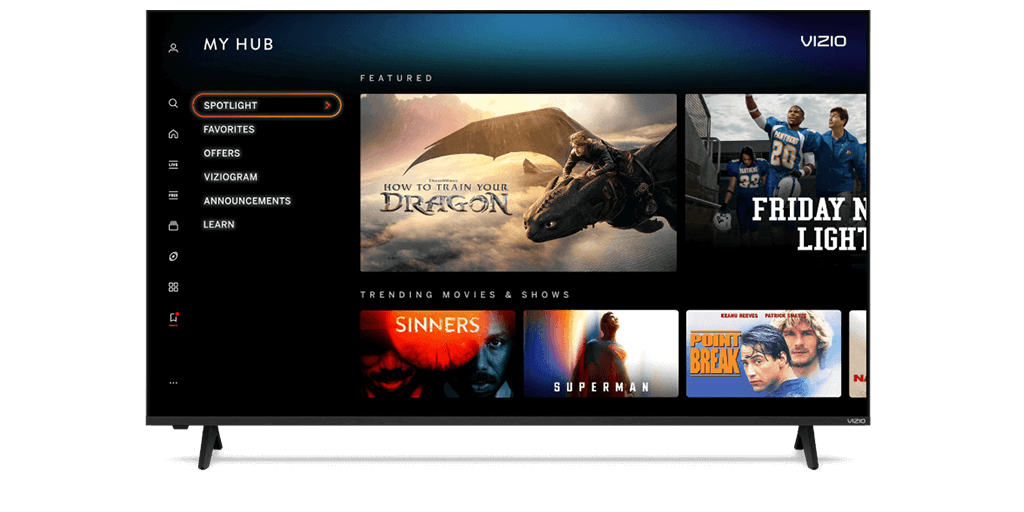Six Questions: Yahoo’s Russ Shafer
August 7, 2009
By Erik Gruenwedel
Home Media Magazine
The move to import entertainment content from the Internet to the television is gaining traction. Yahoo has created a proprietary “Widget Engine” that eliminates the need for an extra set-top box, allowing third parties to distribute content from the Web to the TV.
The Yahoo Widget Engine enables almost any Web content to be converted for TV viewing in the form of a TV widget. Content currently available via widget includes Yahoo Finance, Amazon Video on Demand, eBay, CBS, Flickr, USA Today, Netflix Watch Instantly, Facebook and Twitter, among others.
Russ Shafer, senior director of product marketing, connected TV and desktop at Yahoo, said top TV manufacturers such as Samsung, Vizio, Sony and LG have added the Yahoo Widget Engine for Internet connectivity to upcoming Web-enabled units.
While some TVs require a wireless adapter for connectivity, Shafer said Vizio plans to embed Wi-fi connectivity into the TV. He said the Irvine, Calif.-based HDTV manufacturer also plans to include a qwerty keyboard as part of the TV remote, to simplify engaging with social TV widgets from Facebook, Twitter and MySpace.
Home Media Magazine asked Shafer six questions in an effort to better understand the growing market for Web-based entertainment.
HM: Has consumer interest for online TV programming really moved beyond the early adopter phase?
Shafer: We think so. Based on a comScore survey, more than 70 million TV viewers now go online while watching TV. Based on a 2009 Consumer Electronics Association survey, 14.5 million consumers are thinking of buying a Net-enabled TV in the next 12 months. Parks and Associates predicts that 90% of HDTVs sold in the United States will be Internet ready by the end of 2010.
HM: Is the Widget Engine included in cable set-top boxes and Blu-ray players or is each widget designed for a proprietary client?
Shafer: The Yahoo Widget Engine is embedded in TVs from Samsung, Sony, LG and Vizio. That has been our focus. Through our partnership with Intel, Toshiba has announced their plans to bring to market a DVD player with the Yahoo Widget Engine. Intel demonstrated the Yahoo Widget Engine on Blu-ray players and set-top boxes at the Consumer Electronic show in January.
HM: What are third-party content holders trying to accomplish with a Yahoo Widget?
Shafer: Based on Q4 2008 Nielsen statistics, the average American viewer watched 151 hours of television per month, so this is a large and valuable audience. Nielsen also found that younger adults, those between the ages of 18 and 24, watch as much video on the Internet as they do on a TV. By providing interactive TV and Internet content through Yahoo TV Widgets, content providers can address both demographics. For the first time, traditional TV broadcasters can connect their Internet and TV experiences. ABC showed a TV widget concept for voting on “Dancing With the Stars.” Showtime showed a TV widget with user polling about their TV shows. Twitter and Facebook can allow TV users to share their TV experience with their friends and family.
HM: How does the migration of video content from the Internet into a home theater affect sellthrough of packaged media?
Shafer: Given the install base and sale of DVDs and Blu-ray players, we expect that packaged media will still be around for a while. Yahoo TV Widgets adds value to packaged media. In the Intel booth at CES, Disney and Universal showed TV Widgets that added valuable online content to a Disney or Universal Blu-ray Disc.
HM: DVD and Blu-ray Disc rentals in the first half of 2009 were up 8%, according to DEG: The Digital Entertainment Group. Does that suggest interest in rental is growing?
Shafer: There will continue to be a variety of ways for consumers to get and keep the entertainment content they enjoy. The key is offering a flexible approach so you can appeal to a wide demographic of users. Some people like having the physical media in their possession. In that situation, Yahoo TV Widgets can continue to add value to that physical media through online content.
HM: How do Yahoo and third-party conduits for electronic distribution convince consumers to rent digitally?
Shafer: One of the valuable features of digital is the ability to move from one device to another with the same content. Amazon VOD allows you to start watching something on your TV and finish watching it on your portable movie player or cell phone. The copy of your movie is stored in your personal Amazon digital locker. We think this kind of flexibility will appeal to a lot of users.
http://www.homemediamagazine.com/people/six-questions-yahoos-russ-shafer-16667






